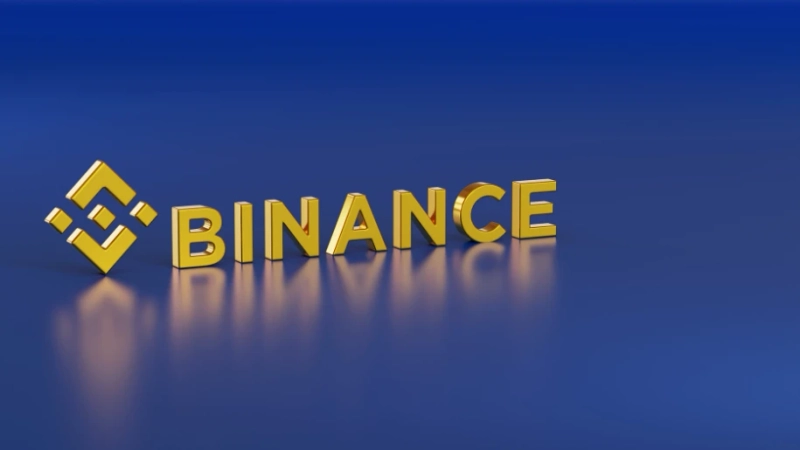Setting up a Binance Smart Chain (BSC) node is a fundamental step for those looking to actively participate in the Binance Smart Chain network or contribute to its development. While the basics of node setup are accessible to beginners, advanced users and developers often seek to optimize their node configuration for improved performance, security, and customization. In this article, we will explore advanced tips and best practices for setting up and configuring a Binance Smart Chain node setup.
1. Utilize High-Performance Hardware
To ensure your BSC node operates smoothly and efficiently, invest in high-performance hardware. This includes fast CPUs, ample RAM, and SSD storage. A well-equipped server will handle the processing, storage, and data retrieval tasks more effectively, resulting in faster synchronization and transaction processing.
2. Optimize Node Configuration Parameters
Advanced users can fine-tune their node configuration parameters to align with their specific requirements. Explore the BSC node configuration files and adjust parameters related to caching, logging, and resource utilization. These optimizations can significantly enhance your node's efficiency.
3. Implement Load Balancing
If you anticipate high traffic or plan to serve multiple users or applications, consider implementing load balancing. Load balancing distributes incoming requests across multiple BSC nodes, preventing overloading and ensuring high availability. Popular load balancing tools like NGINX and HAProxy can be used to achieve this.
4. Secure Your Node with a Firewall
Security is paramount when running a BSC node, especially in a public network like the internet. Set up a firewall to restrict incoming and outgoing traffic, allowing only necessary ports and protocols. Regularly review and update your firewall rules to adapt to changing security threats.
5. Use Private Key Management Solutions
Advanced users often manage multiple private keys for different purposes, including signing transactions and smart contract interactions. Employ a robust private key management solution to securely store and manage your keys. Hardware wallets and secure key vaults are popular choices for this purpose.
6. Implement Automated Monitoring and Alerts
Deploy monitoring tools like Prometheus and Grafana to keep a close eye on your BSC node's performance and health. Set up custom dashboards and alerts to notify you of any anomalies or potential issues. Proactive monitoring allows you to address problems before they impact your node's operation.
7. Enable HTTPS for Secure API Access
When exposing your BSC node's API endpoints, prioritize security by enabling HTTPS. SSL/TLS encryption ensures that data exchanged between users and your node remains confidential and secure. Utilize services like Let's Encrypt to obtain free SSL certificates.
8. Regularly Back Up Node Data
Frequent backups are essential to safeguard your node data against data loss or corruption. Implement automated backup routines to create regular snapshots of your node's data and configurations. Store backups securely and test restoration procedures to ensure they work when needed.
9. Keep Software and Dependencies Up to Date
Staying up to date with software updates and security patches is crucial for maintaining a secure and efficient BSC node. Regularly check for updates to the BSC client software and its dependencies, applying patches promptly.
10. Establish a Disaster Recovery Plan
Prepare for unexpected events by creating a disaster recovery plan. Define steps and procedures for recovering your BSC node in case of hardware failure, data corruption, or other catastrophic events. Regularly test your recovery processes to ensure they work as intended.
11. Explore Advanced Use Cases
Advanced users can leverage their BSC nodes for more than just basic transaction processing. Explore advanced use cases such as running custom scripts, implementing smart contracts, or contributing to the BSC ecosystem through validator nodes or other specialized roles.
12. Continuously Educate Yourself
The world of blockchain and BSC is ever-evolving. Stay informed about the latest developments, best practices, and security threats through online forums, documentation, and participation in the BSC community. Continuous learning is essential for advanced users to stay at the forefront of blockchain technology.
In conclusion, setting up and configuring an advanced Binance Smart Chain node requires careful consideration of performance, security, and customization factors. By following these advanced tips and best practices, you can optimize your node's operation and contribute effectively to the BSC network. Remember that blockchain technology is a dynamic field, so staying informed and adapting to new challenges and opportunities is an ongoing commitment for advanced users in the Binance Smart Chain ecosystem.


